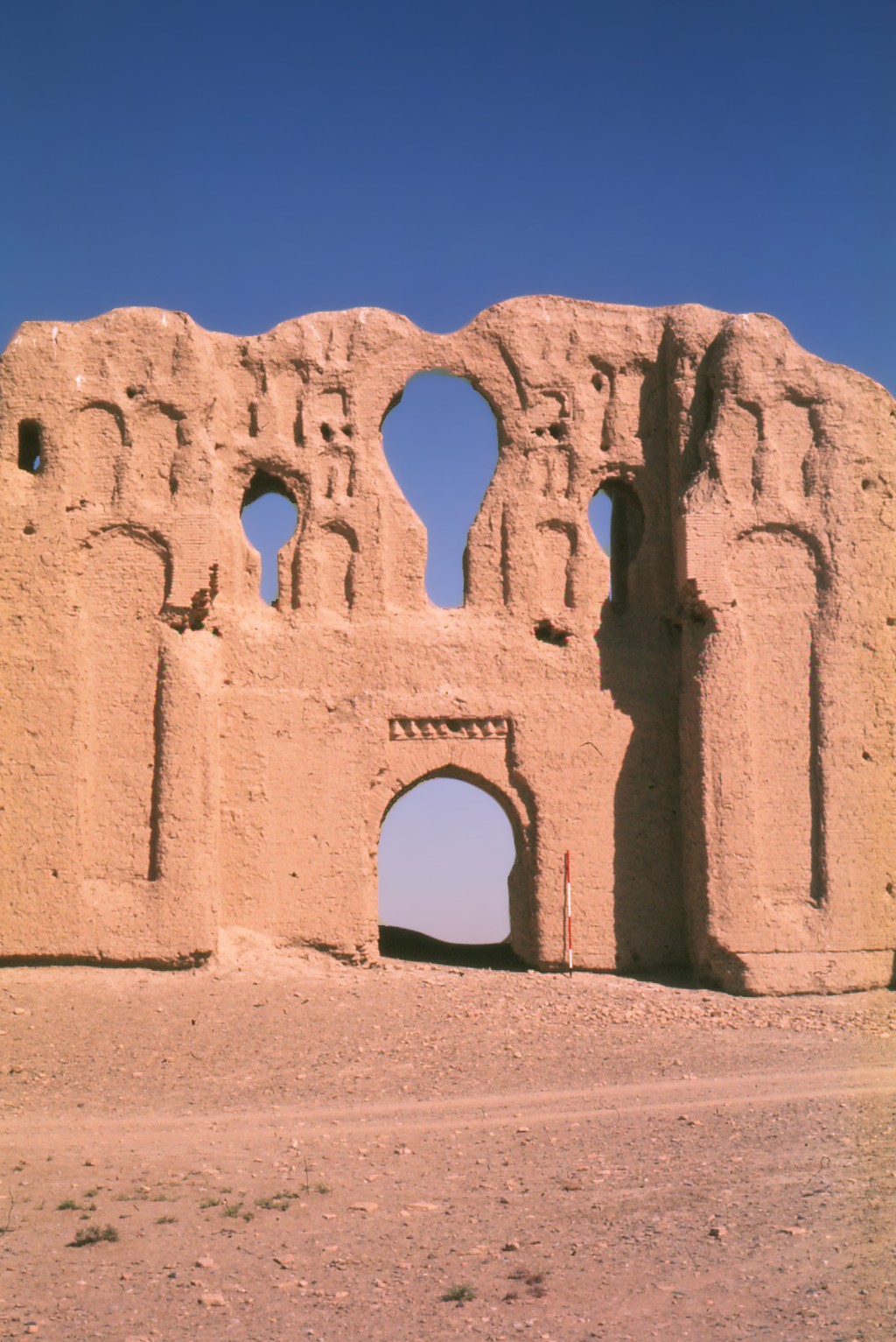
Timurtown
The last inhabitants of Sar-o-Tar lived there in the 15th century, the Timurid period. A string of fancy estates, probably rural homes for wealthy inhabitants of Herat, were scattered along the canals leading from the Helmand River to the east, which we labeled Timurtown. Based on our surveys, we are sure they left in the late 15th or early 16th century. No ceramics or coins we found can be dated to be more recent. Judging from the condition of the houses they left behind, they left of their own volition. We believe no invasion, natural disaster, or other calamity befell them. Many of these mudbrick houses still stand three stories high, 500 years after they were abandoned. For archaeologists, this is a prime find: a series of communities five centuries old that were not rebuilt, torn down, or robbed for building materials, their remains intact. Some are described here, like Houses 210 and Houses 338. We excavated only bits of three Timurid houses in Houses 183 but the trove of finds was breathtaking. Ceramics, coins, glass, and stone vessels were all expected. So were the meters of packed animal dung, as the lower floors were used to house animals. But we also found perishable objects that are rarely preserved except in the most unusual conditions. Sadly, these materials were left in Afghanistan when we left and now exist only in our photographic record of them.


